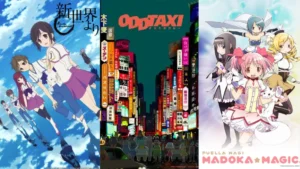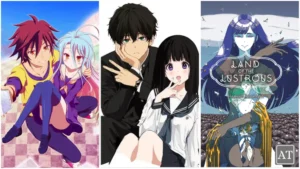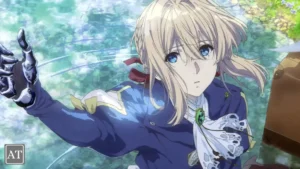Have you ever found yourself doom-scrolling at 2 a.m., trying to fill the silent space between stress and sleep? I’ve been there—laptop light flickering while deadlines, laundry, and existential dread huddle on my shoulder like mischievous dust bunnies.
On one such night, I hit play on Barakamon …and something shifted. I laughed out loud, felt a pang of nostalgia, then quietly realized my jaw had unclenched.
That’s the magic of feel-good anime: stories so sincere they reach through the screen, pat you on the back, and whisper, “Hey, you’ll be okay.” Today, I’m handing you a carefully brewed list of titles that do exactly that—plus actionable tips to make your viewing ritual a genuine act of self-care.
Science (and Soul) Behind Feel-Good Anime
Why does a 23-minute episode sometimes soothe us better than a dozen mindfulness apps? Neuroscientists suggest a spike in dopamine and oxytocin when we witness heart-warming narratives. Pair that with anime’s vibrant colors, comforting OSTs, and slice-of-life pacing, and you’ve got a serotonin smoothie for the mind.
But science only tells half the story. Emotionally, feel-good anime offers:
• Empathy—seeing characters stumble and rise mirrors our own struggle.
• Community—the “found family” trope reminds us we’re not alone.
• Nostalgia—hand-drawn cherry blossoms trigger memories of simpler days.
Ask yourself: When was the last time you allowed a fictional world to hug you back?
My Curated Criteria: How I Picked These Heart-Warming Titles
- Low-stakes conflict (no apocalyptic peril every five minutes).
- Character-driven humor that never punches down.
- Visual warmth—soft palettes, cozy settings.
- A proven track record of making viewers grin (hello, MAL scores & thousands of Reddit “comfort anime” shout-outs).
- Personal resonance—I binged each series during real-life turbulence: job hunts, hospital waits, and one cross-country move. If it worked on my frazzled nerves, it earned a spot.
Top 10 Feel-Good Anime That Will Rekindle Your Joy
Barakamon (2014) – Finding Your Brushstroke of Happiness

Episodes: 12 | Where to watch: Crunchyroll, Funimation
When hot-shot calligrapher Seishuu Handa punches an art critic (we’ve all wanted to), he’s exiled to a rural island. There, a swarm of lively kids, starlit rice paddies, and creaky wooden floors teach him creativity isn’t confined to accolades.
Why it heals:
• Kid protagonist Naru radiates unfiltered wonder.
• The island’s rhythmic cicadas form a natural ASMR track.
• Job-related burnout? Handa’s rediscovery of joy may mirror your own.
Personal anecdote: Right after my first pandemic-era layoff, I replayed episode five’s “cave exploration.” My living room felt like that cave—dark and uncertain—until Naru’s lantern lit my mood.
My Neighbor Totoro (1988) – Childhood Magic in Every Frame
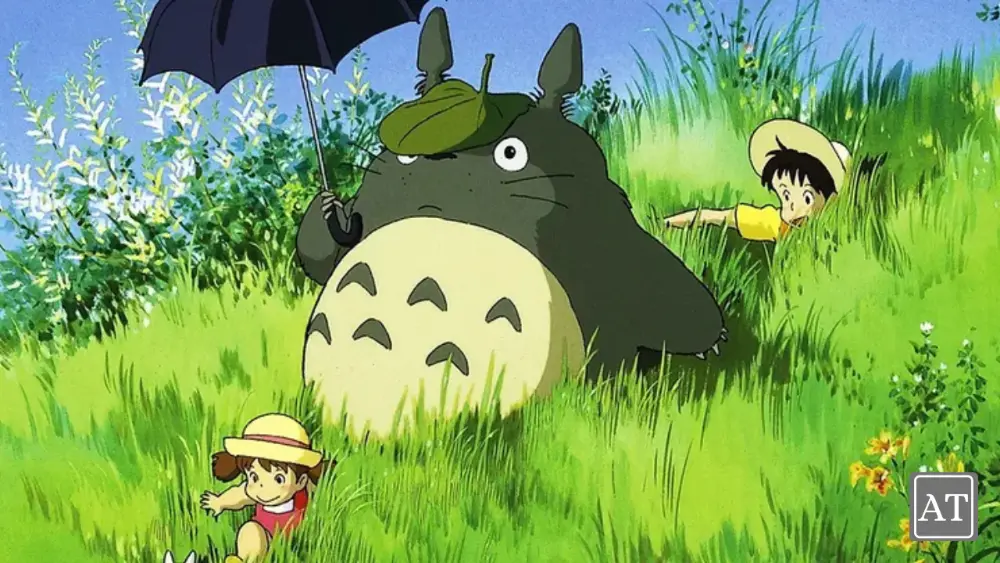
Movie | Studio Ghibli
Is it possible to bottle innocence? Hayao Miyazaki thinks so. Follow sisters Mei and Satsuki as they befriend forest spirit Totoro while their mom recuperates in the hospital.
Mood-lifting elements: the Catbus’s goofy grin, Joe Hisaishi’s lullabies, and the reminder that wonder hides in dusty corners.
Perfect for: Sunday afternoons when adulting feels overrated. Pop popcorn, open a window, let the breeze carry the Totoro theme into your heart.
K-ON! (2009) – Friendship in Four-Part Harmony

Episodes: 13 + OVA + Season 2
Ever wish your high-school band dreams were more…tea-and-cake than (insert traumatic talent show flop)? K-ON! spins daily trivialities—forgotten lyrics, after-class chit-chat—into a melodic blanket.
Feel-good factor:
• Moe art style = visual plush toy.
• Music tracks (“Fuwa Fuwa Time”) stick in your head like marshmallows.
• It champions ordinary moments, proving joy doesn’t need fireworks.
Laid-Back Camp (Yuru Camp, 2018) – Campfire Comfort & Quiet Growth

Episodes: 25 (2 seasons + short series)
Rin prefers solo winter camping. Nadeshiko brings bottomless energy and an appetite bigger than Mount Fuji. Together, they craft pancake-pan raclette under star-dusted skies.
Why it’s therapeutic:
- Sound design: crackling fire, steaming pot, muffled snow.
- “Every episode feels like a warm scarf,” writes one Redditor.
- Encourages micro-adventures—after watching, I booked my first solo Airbnb cabin.
Silver Spoon (Gin no Saji, 2013) – Harvesting Hope in Hokkaido
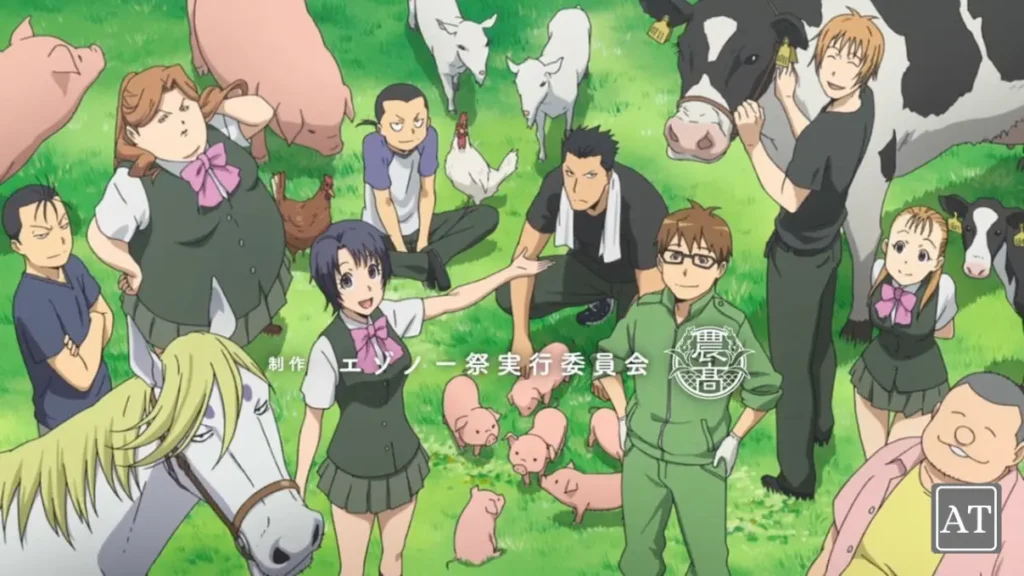
Episodes: 22
City kid Hachiken enrolls in an agricultural school thinking it’ll be easy. Spoiler: waking at 4 a.m. to muck barns is not. Yet in shoveling manure, he unearths purpose.
Comfort elements:
• Realistic farm-to-table food shots (bring snacks!).
• Ethical questions about where meals come from, handled gently.
• Growth arcs that sprout slowly—like seedlings you can’t help but root for.
Spy×Family (2022) – Espionage Wrapped in Warmth

Ongoing Series
A spy dad, assassin mom, and telepathic six-year-old form a fake family for political peace. Plot says “007,” vibe screams “Saturday morning cartoons + big hugs.”
Feel-good triggers:
• Anya’s meme-worthy faces.
• Yor’s duality—deadly yet shy about cooking.
• Underlying message: families are built, not born.
A Place Further Than the Universe (2018) – Dreams That Defy the Ice
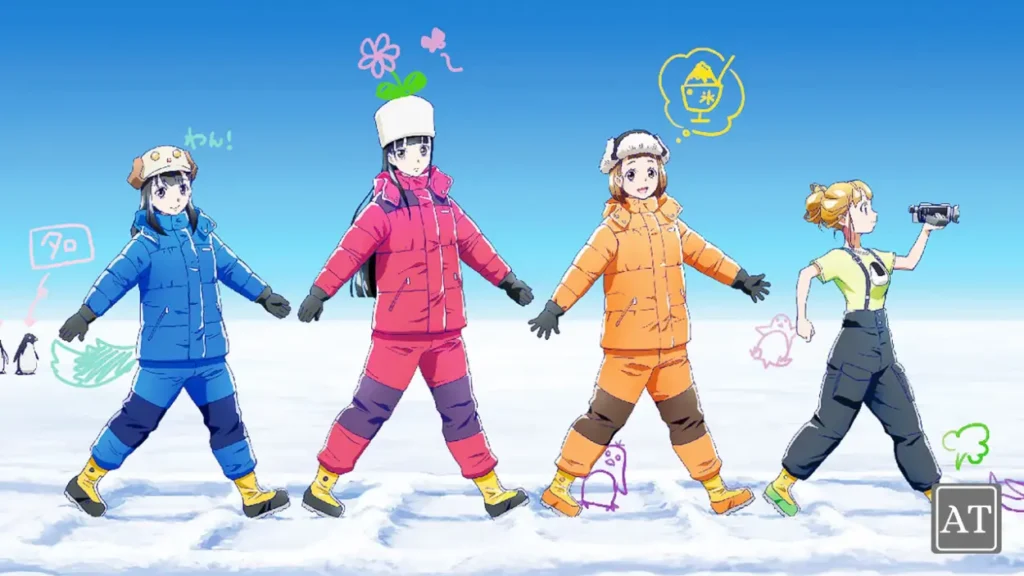
Episodes: 13
Four girls chase the ultimate field trip—Antarctica. It’s about so much more: grief, friendship, and proving to yourself that “someday” can be today.
Why it uplifts: Episode 12’s letter scene still makes grown Otakus sob happy tears. The soundtrack’s soaring strings echo the clink of your own high-school hopes thawing.
Natsume’s Book of Friends (2008) – Gentle Spirits & Gentle Hearts
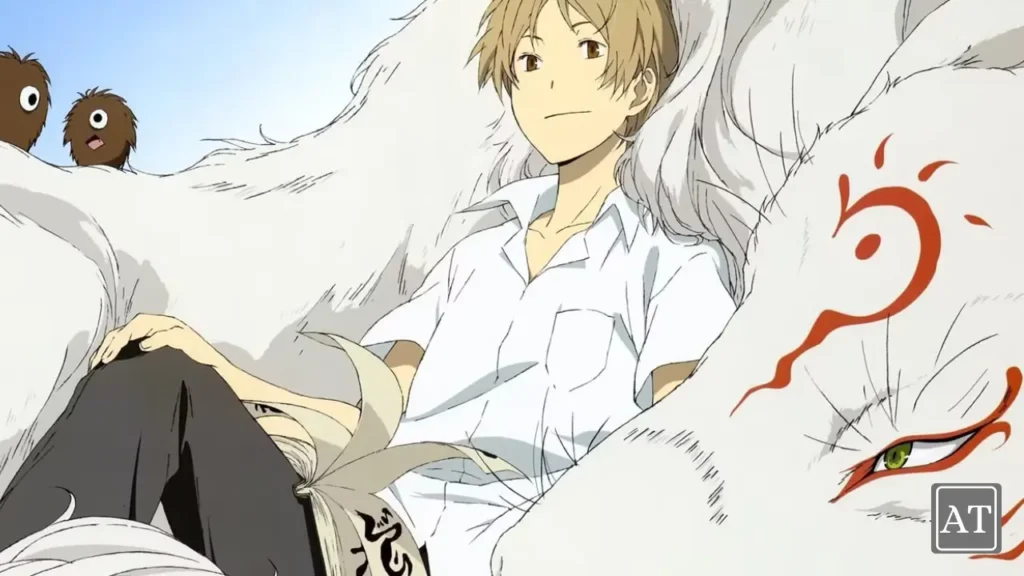
Episodes: 74 + movies
Takashi Natsume sees yokai, inherits a book binding them, and chooses compassion over combat.
Comfort notes:
• Watercolor backdrops = moving art gallery.
• Subtle therapy for trauma survivors—healing through empathy.
• Nyanko-sensei, the sake-loving cat spirit, embodies cozy mischief.
The Disastrous Life of Saiki K. (2016) – Laughing Through Telepathy

Psychic Saiki just wants normalcy, but eccentric classmates derail him. Rapid-fire humor + fourth-wall breaks = serotonin shots.
Great for: End-of-workday decompress when your brain begs for silliness without stakes.
Nichijou (2011) – Extra-Ordinary Everyday Joy

Think your day is weird? Try riding a talking goat to school. Nichijou exaggerates mundanity until it shatters into kaleidoscopic laughter.
Healing power: Absurdism reframes our own mishaps—spilled coffee is less tragic when you’ve seen a principal suplex a deer.
Quick-Glance Binge Guide
| Anime | Episode Count | Avg Length | Best Snack Pairing | Streaming |
|---|---|---|---|---|
| Barakamon | 12 | 23 min | Warm matcha & dorayaki | Crunchyroll / Funimation |
| My Neighbor Totoro | 1 film | 86 min | Buttered popcorn | HBO Max / Netflix* |
| Laid-Back Camp | 25 | 24 min | Instant ramen | Crunchyroll |
| Spy×Family | Ongoing | 24 min | Strawberry Pocky | Crunchyroll / Hulu |
| Nichijou | 26 | 24 min | Fizzy soda & gummies | HiDive |
(Check regional licensing—streaming libraries change faster than Saiki’s internal monologue!)
Final Takeaway: Let Anime Be Your Pocket-Sized Sunlight
Life’s to-do list rarely shortens, but your heart can still exhale. These feel-good anime aren’t escapism in the hollow sense; they’re reminders of humanity’s softer notes—friendship’s goofy chorus, hope’s lingering echo, and the radical idea that small joys matter.
So next time the world’s thunderclouds loom, ask: Which episode could be my umbrella today? I hope one of these titles slides onto your screen, tugs a laugh from your lungs, and leaves you a shade brighter than before.
FAQs
Q1. I’m new to anime—will cultural references confuse me?
Not at all. Feel-good titles focus on universal themes: friendship, family, self-discovery. Subtitles often explain puns, and any unfamiliar festival foods quickly become delightful research rabbit holes.
Q2. Are these shows kid-friendly?
Most are rated PG-13 or below. Totoro, K-ON!, and Laid-Back Camp are perfect for family nights. Double-check age ratings for Saiki K.’s occasional innuendo and Spy×Family’s mild violence.
Q3. What if I don’t have time to binge a full series?
Start with movies (Totoro) or short-format anime like Barakamon (12 eps). Even single episodes can serve as “emotional espresso shots.”
Q4. How can I avoid post-series blues?
Have a “buffer show” ready—something light you’ve seen before. Better yet, re-watch favorite episodes; comfort media gains warmth with repetition.
Q5. Can anime really improve mental health?
While it’s no substitute for professional care, studies show narrative media can reduce stress and increase empathy. If a 24-minute slice-of-life episode lifts your mood, that’s valid self-care.



